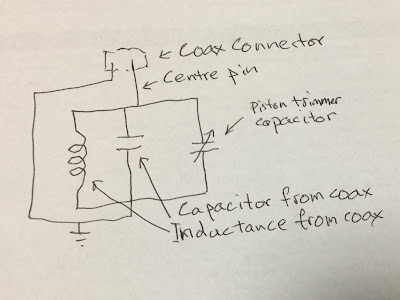Agilent 89640 RF VSA (dc to 2.7 GHz) VXI Vector Signal Analyser

Agilent 89640 RF VSA (dc to 2.7 GHz) VXI Vector Signal Analyser 89640 RF VSA (dc to 2.7 GHz) comprises: E8491B IEEE-1394 PC Link to VXI, C-Size (FireWire) 89605B RF Input and Calibration Module E1439A 95 MSa/s Digitizer with DSP, Memory and 70MHz IF input E2730A 20-2700 MHz RF Tuner E8408A 4-Slot VXI Mainframe 89601A Vector Signal Analysis Software (I have this running but need option 200) https://www.keysight.com/en/pd-1324099-pn-89601A/vector-signal-analysis-software-node-locked-license?cc=US&lc=eng E9285B Modulation Analysis Software https://www.keysight.com/en/pd-1322627-pn-E9285B/modulation-analysis-software?cc=US&lc=eng https://www.finetopix.com/showthread.php/8226-Agilent-E9285B






